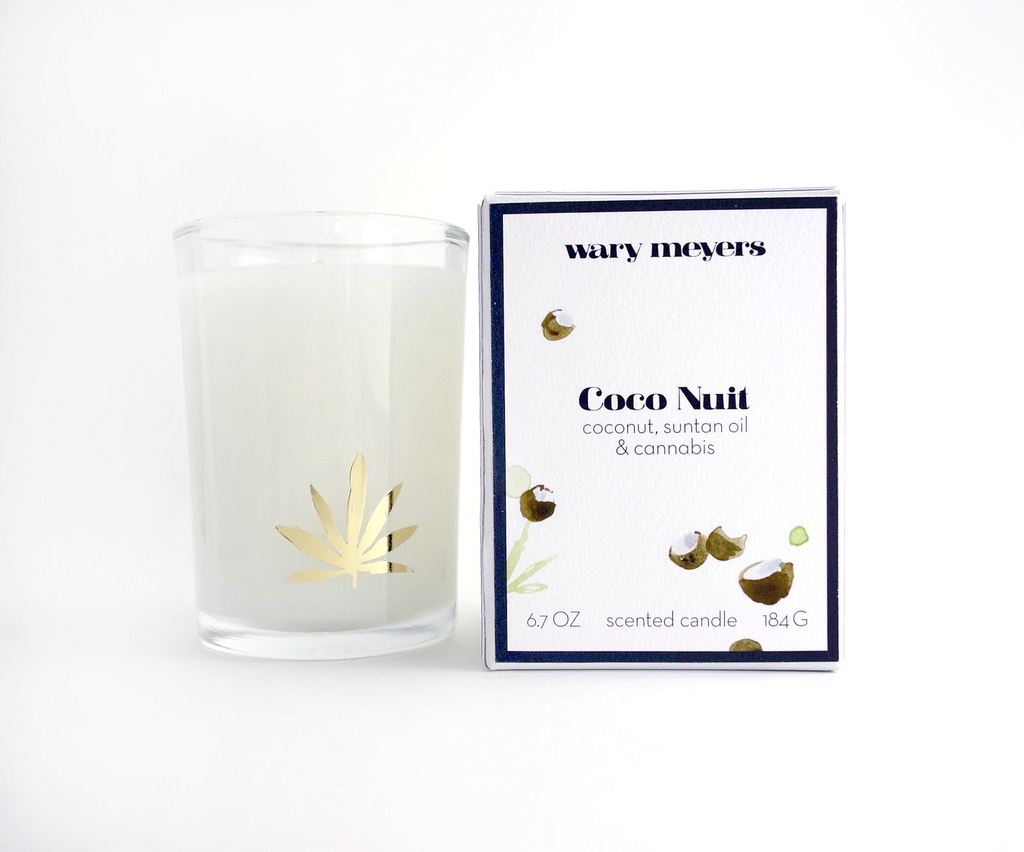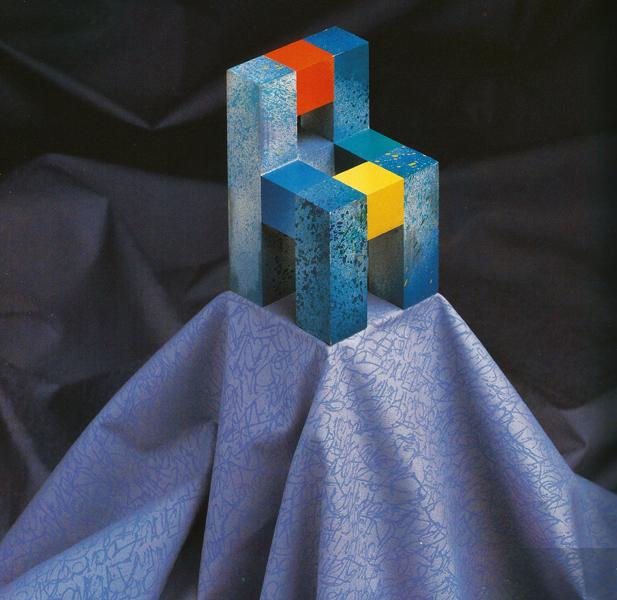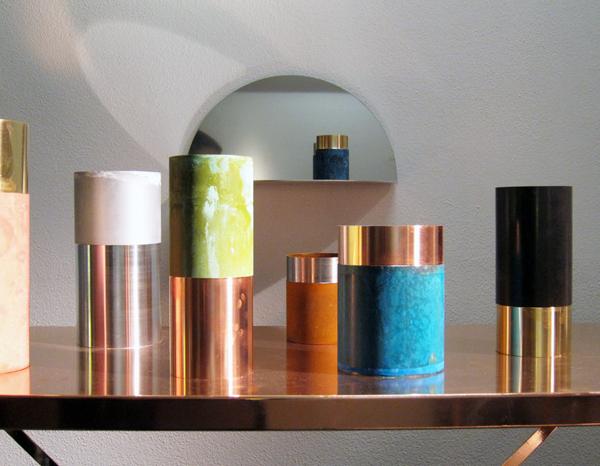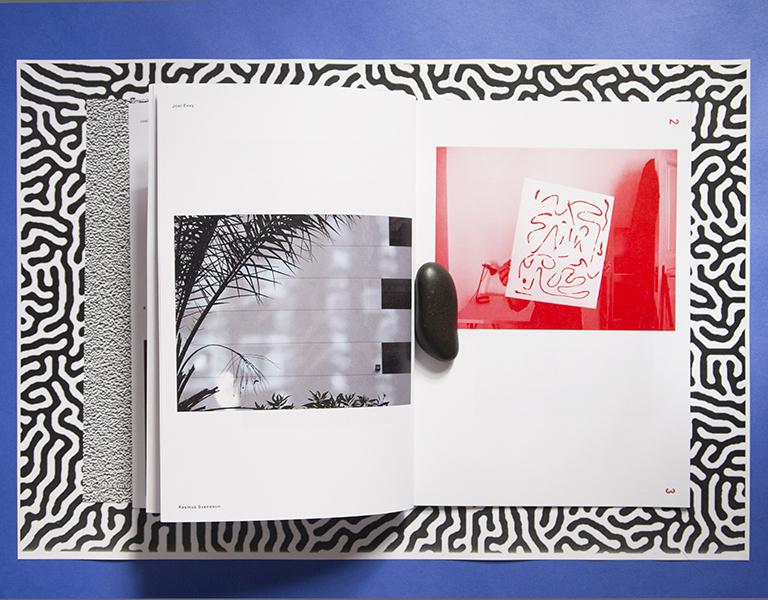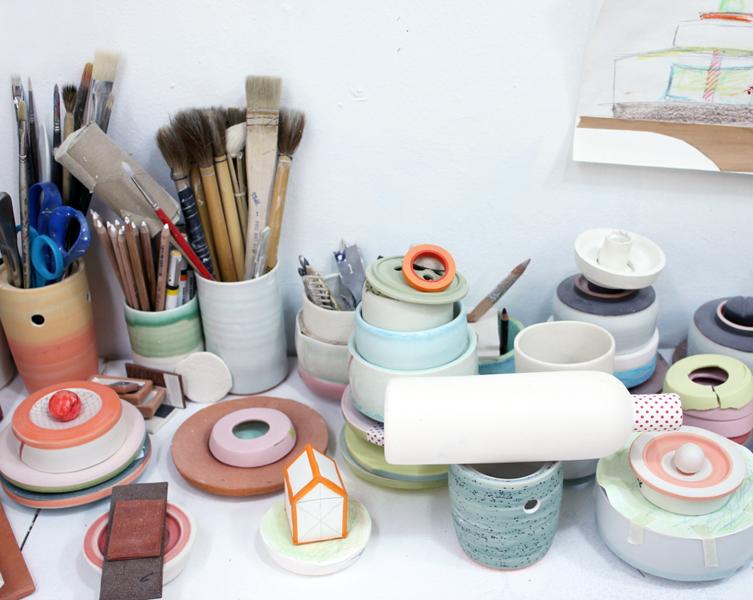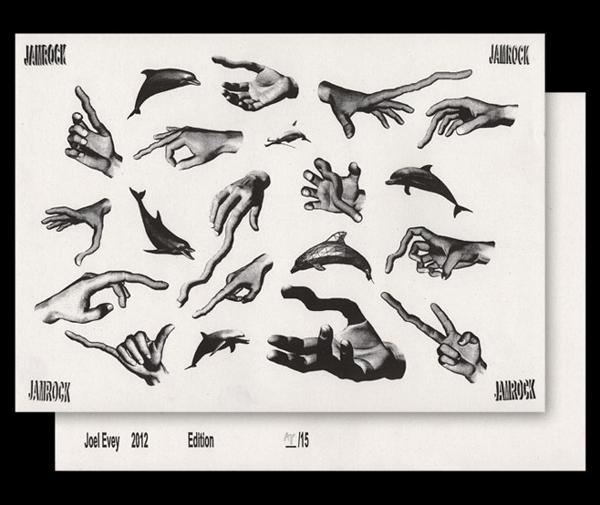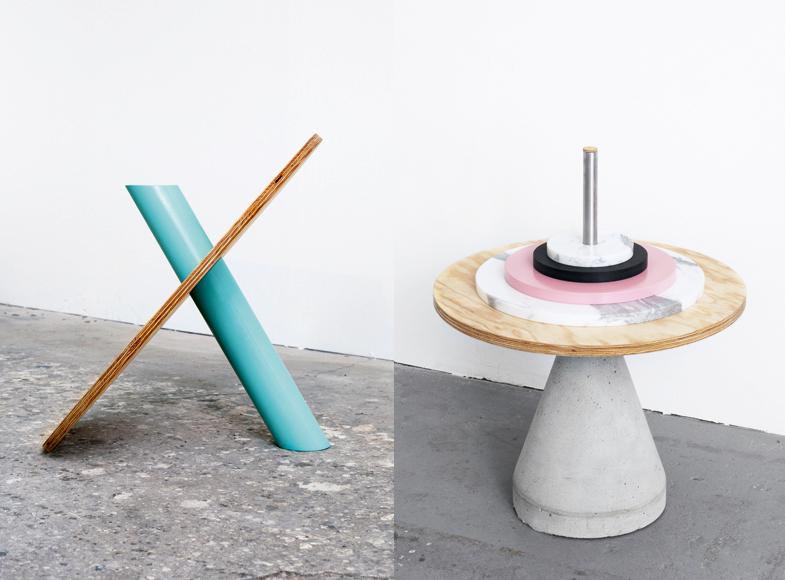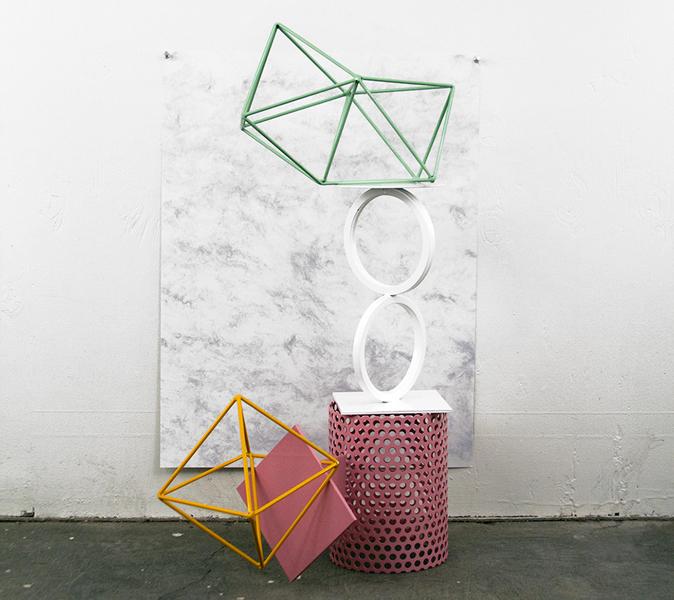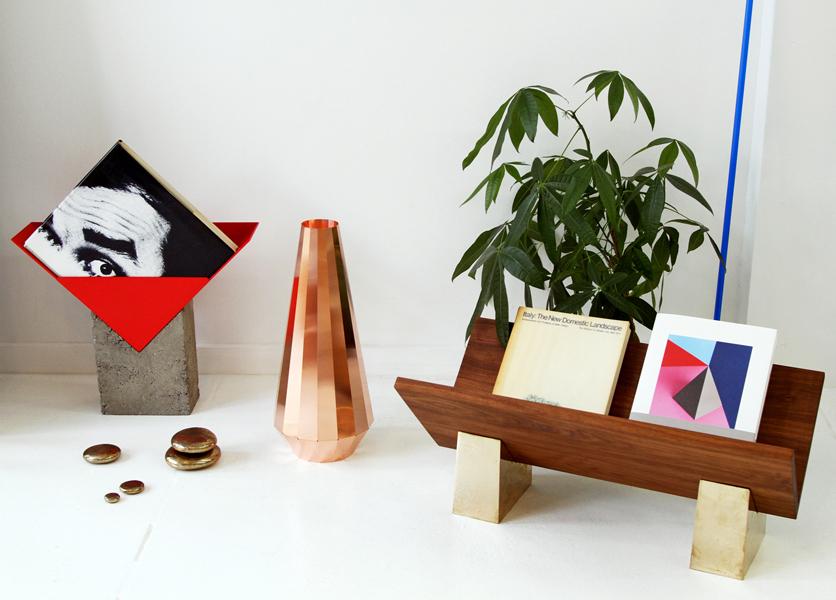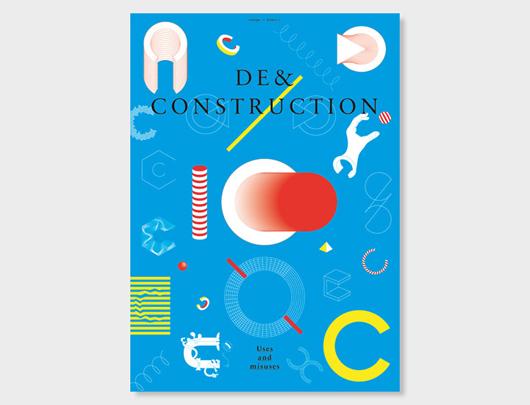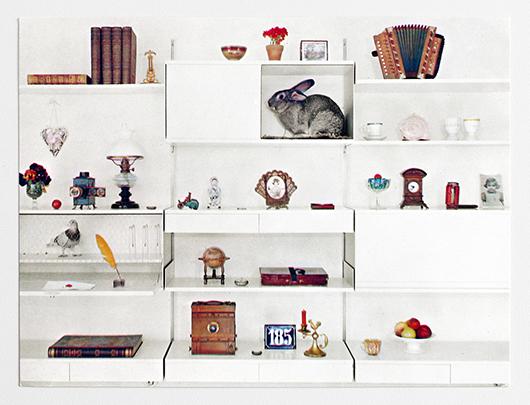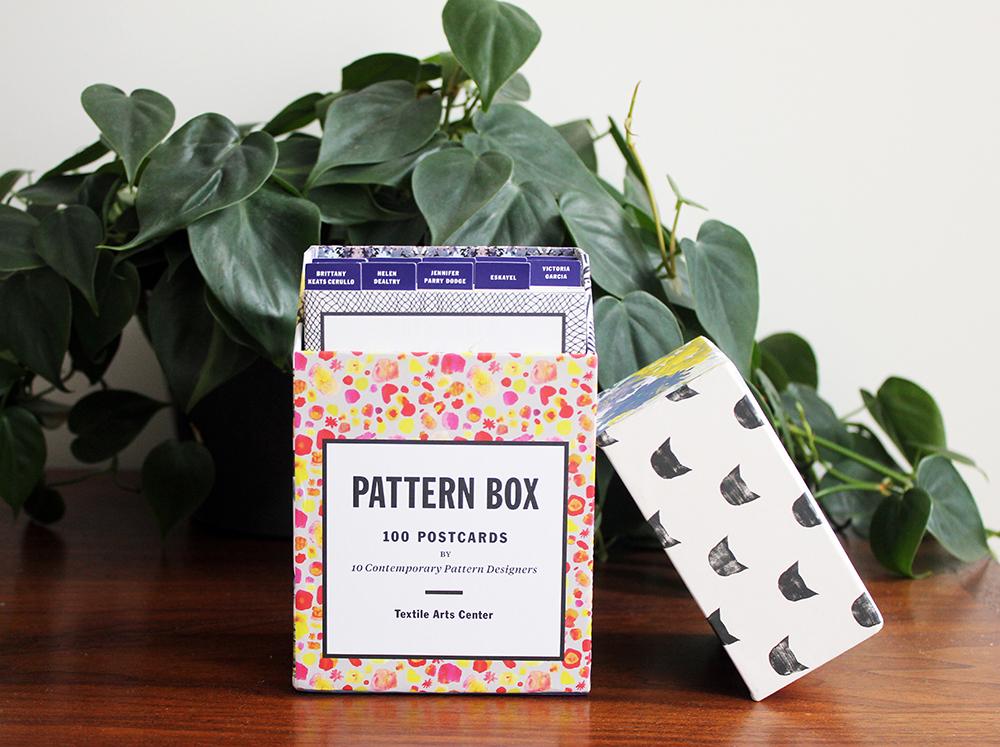
08.22.13
Excerpt: Book
Pattern Box
We were already pretty sold on the idea of Pattern Box — a new postcard box set curated by New York's Textile Arts Center — which gathers together 100 different prints by 10 of our favorite illustrators and textile designers. We imagined sending off thank yous backed by Eskayel's dreamy, washed-out blues or get well soons accompanied by Leah Goren's graphic black cats. (With 100 cards to blow through, even our garage guy might get a holiday bonus paper clipped to Helen Dealtry's abstract florals.) But then we found the little booklet tucked inside, which contains wonderful, Sight Unseen–like Q&As that delve into the inspiration and process behind each designer and we knew we had to share.
